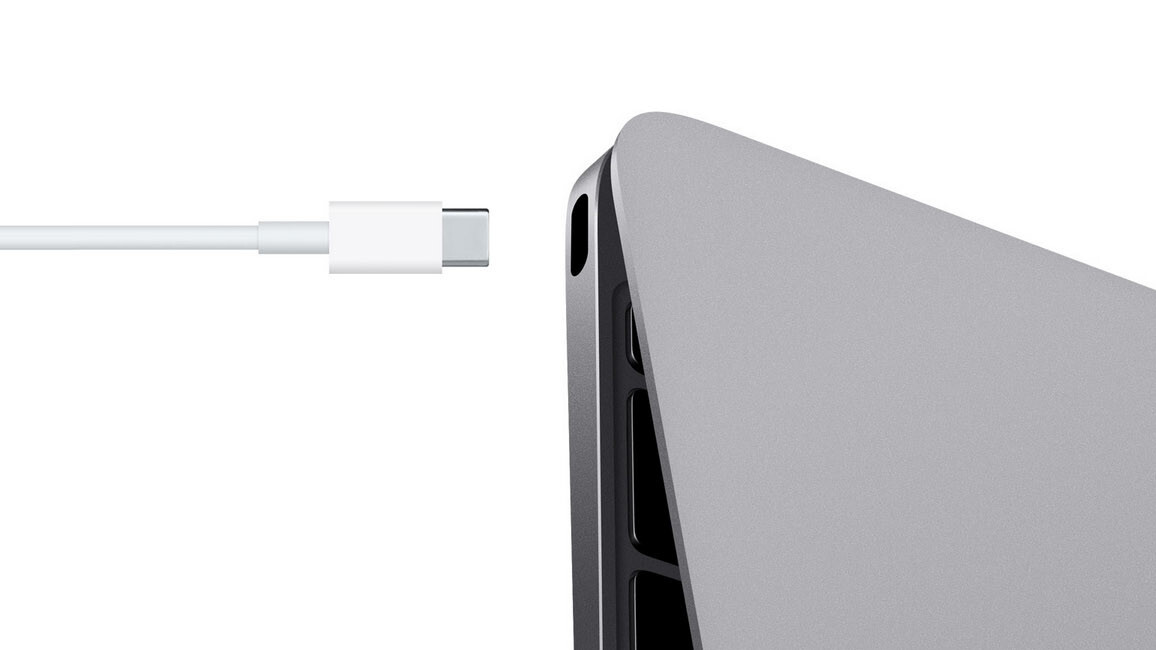
USB-C is fantastic. As the one-connector-to-rule-them-all, it’s the closest thing to a universal connector tech has seen, able to power everything from earbuds, to phones, to laptops. But despite its increasing ubiquitousness, there are limits to its utility. USB-C Power Delivery has been capped at 100W for a while now, for instance; while that’s enough for most devices, some powerful laptops are still forced to use traditional power connectors that can handle higher wattages.
Now that concession may soon be a thing of the past. As reported by Android Central, the latest revision to the USB-C cable and connector specification — revision 2.1 — will allow USB-C cables to transmit as much as a whopping 240W of power.
That’s enough for all but the most obscene laptops. The 15-inch MacBook Pro pushed the old standard to the limit at 96W, for example. Razer’s 17-inch Blade laptop with an Nvidia RTX 3080 comes with a 230W charger.
Heck, 240W is more power than most high-end e-bike chargers offer as well.
Granted, I’ve seen Dell squeeze 130 W through existing USB-C protocols, but the new standard will clearly make these high-power chargers a lot more common.
As noted by Android Central, the advent of the new revision means that there will soon be new USB-C cables on the market that are labeled ‘Extended Power Range,’ replacing the old top-notch ‘Standard Power Range.’ These cables should theoretically be safer too, so you might want to think twice before buying a new high-power USB-C cable until the new EPR cables show up later this year or early 2022.
All this is good news for those of us who have been dreaming of being able to use one charger for all sorts of devices. Since USB-C arrived, I can’t count how many times I’ve used a laptop charger to charge my phone — and sometimes even used a phone charger to power a laptop. Who knows, maybe by 2030 we’ll be able to charge our electric cars with USB-C too.
Via Android Central
Get the TNW newsletter
Get the most important tech news in your inbox each week.




